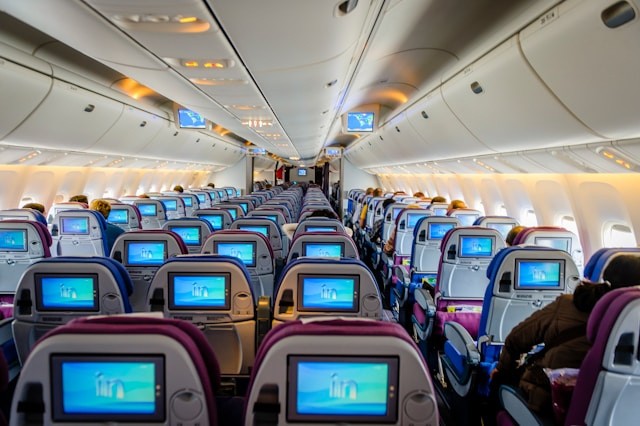
According to the Bureau of Transportation Statistics (BTS), 1,677 new workers joined the United States passenger and cargo airlines in May, increasing the total from 800,804. These workers were both part-time and full-time employees.
Jobs Report: Passenger and Cargo Airlines Adding 1,677 Jobs in May
As of May, passenger and cargo airlines in the United States have a workforce of 802,484, reflecting a 0.21% growth compared to April.
Scheduled passenger airlines employed over half a million workers in May, while cargo operations accounted for 253,821 employees, representing 32% of the industry-wide total.
Data from the Bureau of Transportation Statistics shows that passenger-focused carriers gained 2,601 full-time equivalent workers in May, while cargo airlines saw a decrease of 1,115, representing a 0.49% decline.
As reported to the Bureau of Transportation Statistics, the passenger airlines industry employs 687,722 full-time staff and 114,764 part-time workers, comprising 745,103 employees, which is a 0.20% increase compared to last month.
Reporting Requirement by The Bureau of Transportation
When examining individual airline growth, United Airlines reported an increase of 1,184 new employees, American added 446, while FedEx, a major cargo carrier, reduced its workforce by 1,597 jobs, Simple Flying reported.
Passenger, cargo, and charter airlines that operate at least one aircraft with more than 60 seats or those who can carry over 18,000 pounds must report employment statistics every month to the agency, as well as employment numbers for employees who worked or received pay during the pay period ending closest to the 15th day of the month, according to the BTS website.
Working for The Passenger or Cargo Courier Industry
All aspiring pilots who dream of reaching the big leagues and flying airliners could have two main paths: they could either fly passengers or cargo. The passenger route is more popular and is often considered a more prestigious career choice.
The training and legal requirements for cargo and passenger airlines are identical, so a pilot's choice of sector depends entirely on personal preference.
Here are the qualifications required to fly in large cargo operations according to Simple Flying:
- Pilot's License: A pilot must hold an Airline Transport Pilot License (ATPL).
- First-Class Medical: The highest level of medical certification is required to maintain ATPL privileges.
- Experience: A total of 1,500 total flight hours is being mandated by the FAA and EASA.
The 1,500-hour requirement is the minimum needed for a pilot to obtain an ATPL, but most airlines seek more experience. As a result, many pilots begin their careers in smaller operations to accumulate flight hours. With more pilots pursuing airline positions, there is typically less competition for entry-level cargo pilot jobs.
According to Salary.com, the average salary for cargo pilots in the United States was $155,033 as of June 27, 2024. However, typical salaries vary from $137,637 to $173,864 depending on certifications, education, additional skills, and total years of experience in the industry.



